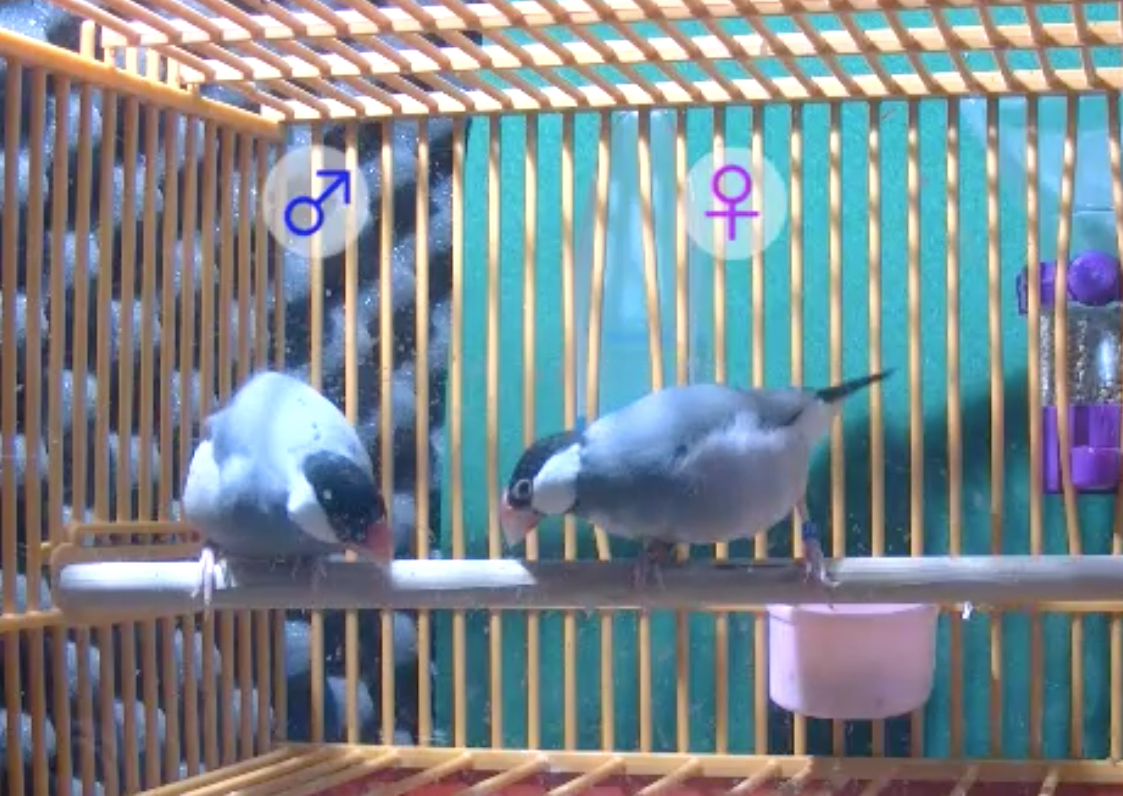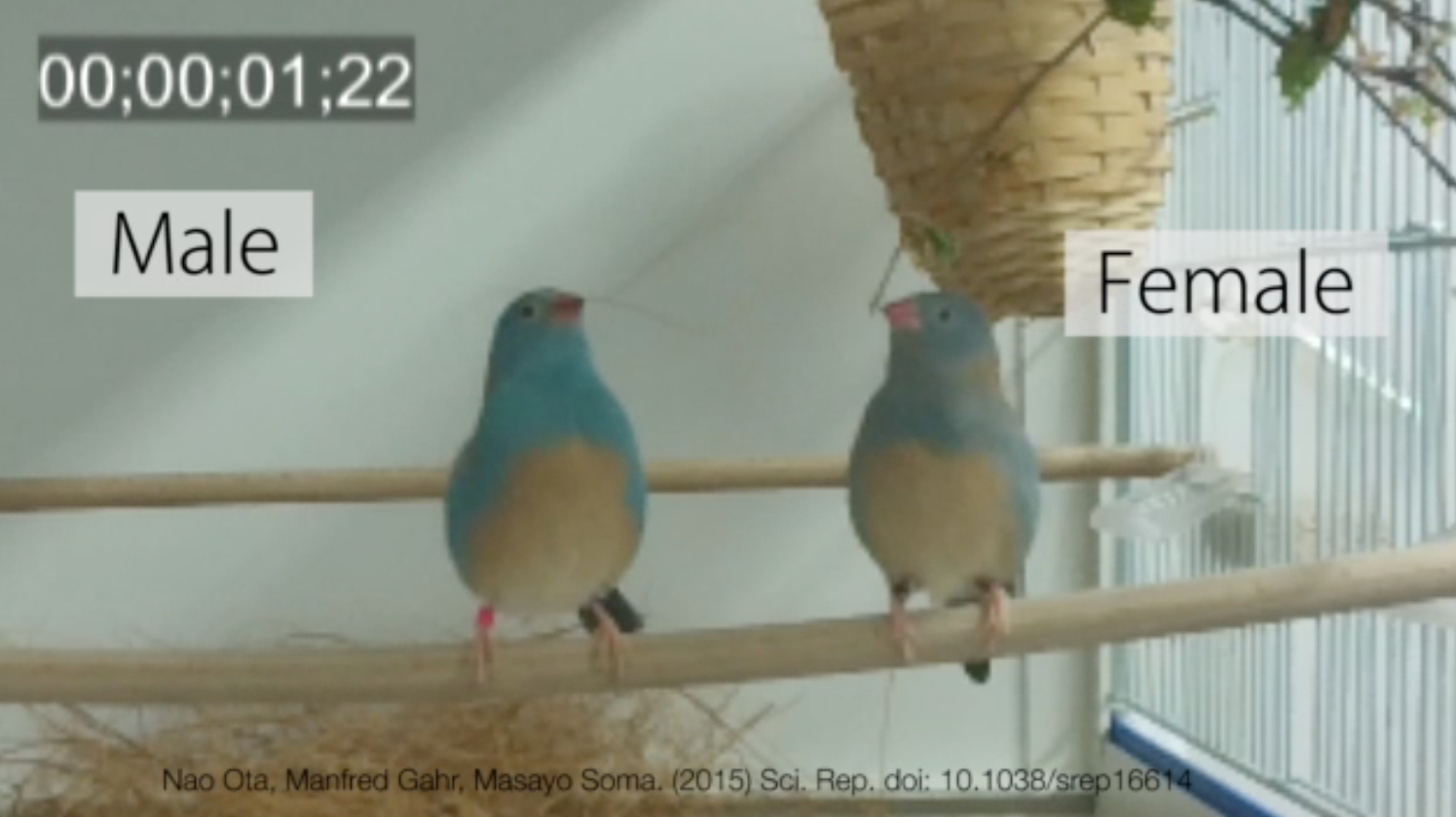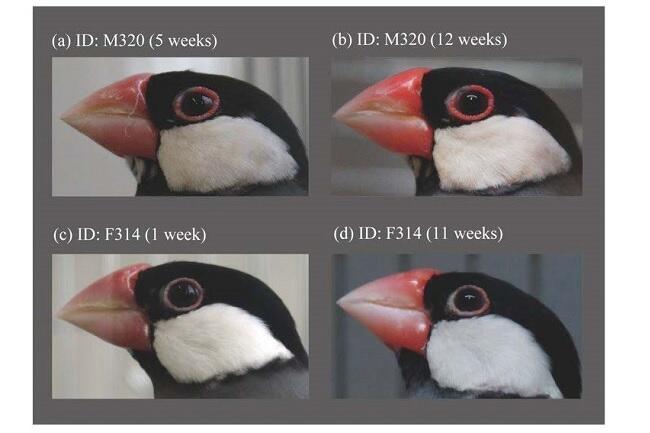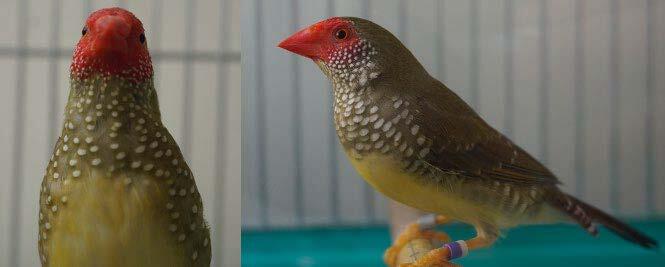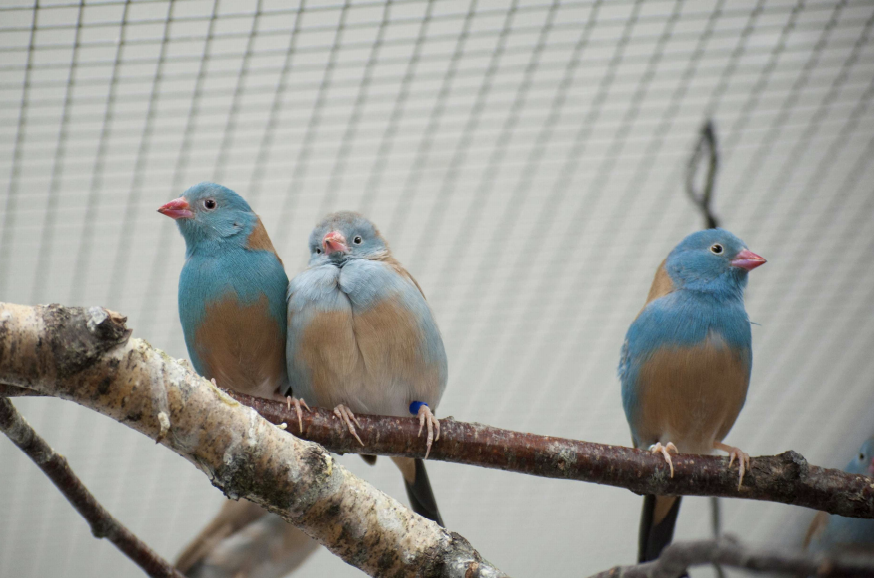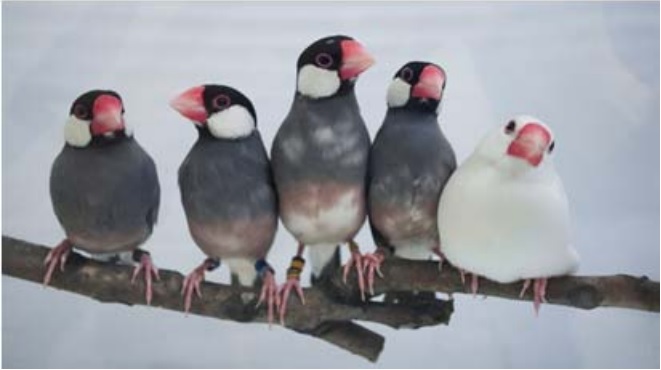SOMA Masayo
Professor
Towards scientific understanding of social bonding
Department of Biological Sciences, Behavioral Neurobiology

| Theme | Evolution of mutual sexual signalling |
| Field | Ethology, Animal Behavior, Behavioral Ecology, Evolution, Comparative Cognitive Science, Bioacoustics |
| Keyword | Songbird (Oscine), Estrildid finches, Courtship, Display, Dance, Social signal, Social bond, Sexual selection, Java sparrow, Cordon-bleu, Star finch, Phylogenetic comparative analysis |
Introduction of Research
Passerine songs have been well studied not only because they are one of the notable examples of sexually selected traits but also because their acquisition process and mechanism have many parallels with those of human language. Both humans and passerines live highly social lives, use vocalization for communication between pairs, family and community members, and most importantly have the ability to acquire acoustic characteristics of their own vocalization through social learning in the early developmental period. Using Estrildid finches, we are trying to understand why complex acoustic and visual communication evolved and how individual development shapes the underling cognitive ability for communication.
Representative Achievements
Couples showing off: Audience promotes both male and female multimodal courtship display in a songbird.
Science Advances
Evolution of patterned plumage as a sexual signal in estrildid finches.
Behavioral Ecology
Mating success follows duet dancing in the Java sparrow.
Plos ONE
Tap dancing birds: the multimodal mutual courtship display of males and females in a socially monogamous songbird.
Scientific Reports
Masayo Soma, László Zsolt Garamszegi
Behavioral Ecology 22 363-371 Mar 2011

Related industries
| Academic degree | Ph.D. |
| Self Introduction | What I like: BMW F800ST |
| Academic background | 2002 BA, University of Tokyo 2004 MA, University of Tokyo 2007 PhD, University of Tokyo 2007-2010 JSPS postdoc fellow (Hayama, Sokendai), Lectuerer at Rikkyo University, Lecturere at Tokyo Woman's Christian University, visiting resercher at RIKEN 2010- present post |
| Affiliated academic society | Japan Ethological Society, Ornithological Society of Japan, Zoological Society of Japan, International Bioacoustics Council |
| Room address | Science Building 5 Room 912 |

